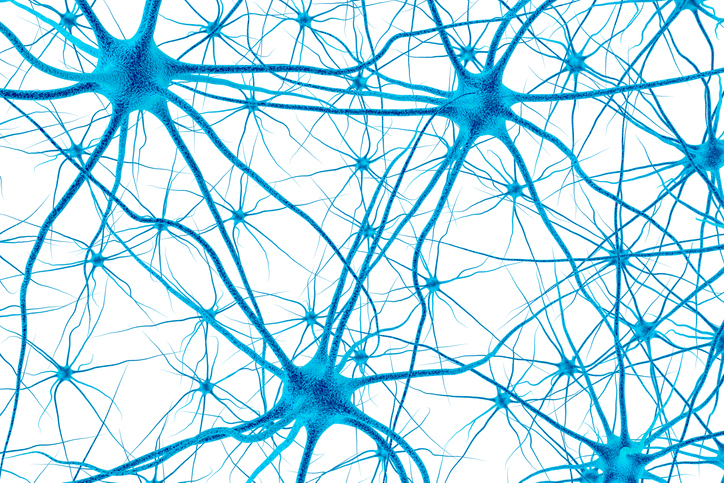Pain
Plasma Exchange Therapy for Nerve Pain Conditions

What is plasma exchange therapy?
Plasma exchange therapy, or plasmapheresis, is a medical procedure in which an apheresis machine separates plasma (the liquid part of blood) from the cellular components of blood. The filtered plasma is then discarded and replaced with donor plasma or a plasma substitute. This plasma is then combined with the cellular blood components and returned to the body. Therapeutic plasma exchange can be used to treat a variety of conditions, including Guillain-Barre syndrome, multiple sclerosis, and lupus.
Plasma exchange therapy for nerve pain
Plasma exchange is also a treatment option for individuals with nerve pain, particularly nerve pain related to inflammation (e.g., chronic inflammatory demyelinating polyneuropathy [CIDP]). With certain autoimmune diseases, such as CIDP, the immune system mistakenly damages the nervous system, which can cause nerve pain. Blood plasma may play a role in this process, so removing and replacing the plasma may improve symptoms.
Plasma exchange therapy for complex regional pain syndrome
Plasma exchange therapy may also improve symptoms of complex regional pain syndrome (CRPS). Studies show that it reduces pain in some individuals with CRPS, especially those with severe, long-term CRPS. In addition to reducing pain associated with CRPS, plasma exchange therapy may also provide other benefits, including increased energy levels, reduced joint stiffness and muscle spasms, and reduced sensitivity to touch.
Initial plasma exchange therapy for CRPS typically involves approximately seven treatments over a period of 2‒3 weeks. Pain reduction can be maintained with continued weekly plasma exchange therapy or other treatments (e.g., intravenous immunoglobulin (IVIG) therapy or immunosuppressant medications).
Additional resources used to create this article include the American Academy of Neurology and Pain Physician Journal.
















